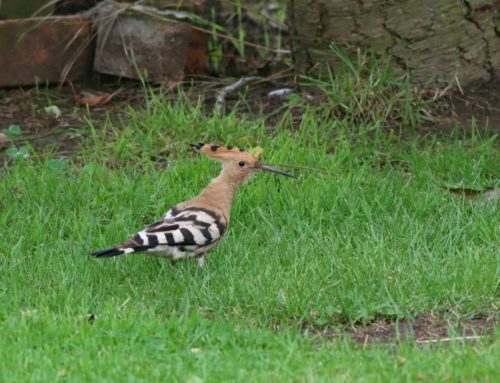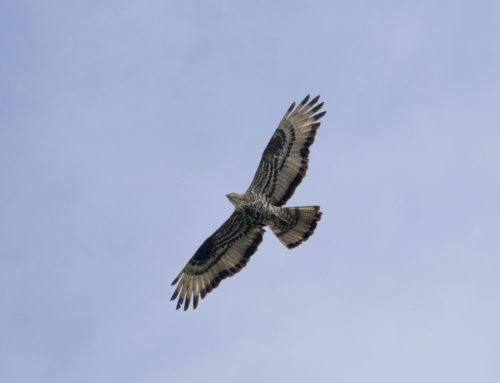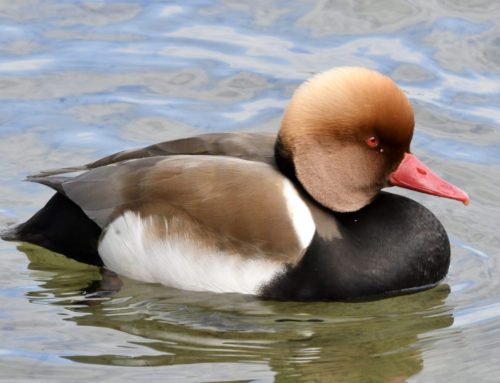National Whimbrel survey 2021

Whimbrel in breeding habitat in Shetland by Ian Francis
A national Whimbrel survey is being undertaken this year to establish the current UK Whimbrel population and distribution. Whimbrel is a rare UK breeding species, with the majority of the population residing in Shetland, and only small numbers in the Western Isles, North Scotland and Orkney. The last national survey was undertaken in 2009 and comparing the results of the 2021 survey with the previous one will enable us to understand the current status of the species: whether it is declining, stable or increasing. The information gathered will also help us target conservation work for the species in the future. The survey will cover all known areas of the recent breeding distribution. We have no clear idea of the current population; previous estimates have varied but recent figures suggest a decline from 410-470 pairs in 1988-91 to around 290 pairs in 2009. Has there been a further decline? This survey hopes to find out. It is being coordinated by RSPB Scotland in Shetland, in conjunction with RBBP. Thankfully, Covid restrictions are relaxing and we hope the survey will be possible in all areas.
The survey is getting underway now – the optimum period for detecting breeding Whimbrel is between 20 May and 20 June. A single visit to each survey site is required in this period, undertaken in suitable weather conditions. However, survey visits up to the end of June are permissible if surveyors are not able to survey the site in the optimum period e.g. due to poor weather. Survey sites are usually tetrads (2x2km²) or adjacent tetrads combined. It is generally possible to cover a full tetrad in a day, but some larger sites may require more than one day to cover the whole site.
The main task for surveyors is to map locations of all breeding Whimbrel present on a defined site. Whimbrel are the priority, but some other species will also be mapped. In the single visit, the aim is to approach all parts of the site to within c125-150m to detect Whimbrel effectively. As sites are based on grid squares, rather than habitat or landscape features, there may be parts of the survey site that are not suitable breeding habitat for Whimbrel and therefore do not require to be walked over. Whimbrel have very specific habitat requirements; they breed on heath and blanket bog habitats only, so this is where survey effort will focus. The photographs show typical breeding habitat in Shetland.

In some areas, we expect numbers will be very low and there could be a need for much searching. However, historically, breeding densities in Shetland have been very high (up to 20 pairs per 1km2), with pairs nesting as close as 50m to one another. Such hotspots may require substantial time investment. Coupled with difficult terrain and almost certainly bad weather, this makes the Whimbrel survey potentially quite challenging!
Although the range of this species is very limited, we would be grateful for any records of birds in the mid-May to June period from areas where they could breed. This may extend outside what we think of as their known range. Sightings of potential breeding birds in suitable breeding habitat anywhere are very welcome, and though Whimbrel is a Schedule 1 species protected under the Wildlife and Countryside Act (and a licence is required for survey because of the potential to disturb them), coming across them unexpectedly while walking across the moors, bogs and hills of the north-western UK could be a highlight for any birdwatcher!

Please send any suitable records to your local recorder or to Ian Francis. Records can also be submitted via BirdTrack system www.birdtrack.net – please include precise location details and breeding evidence. All of the final data will be shared with local recorders and eventually lodged in RBBP archives. Of course, moorland areas in northern Scotland also host a range of other rare breeding birds, including Greenshank, Wigeon and both Red-throated and Black-throated Divers, amongst others. All are very under-recorded, so please also ensure any potential breeding records of these species are submitted to the relevant county bird recorder.
Christine Skene, Ian Francis, Allan Perkins (RSPB Scotland), with thanks to Digger Jackson.






